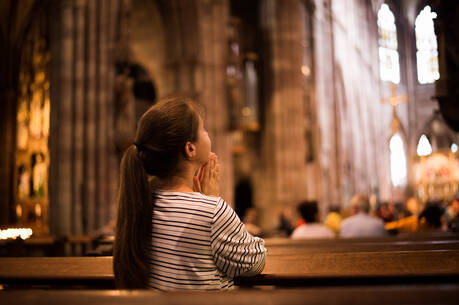In this weekend's New York Times, dance critic Alastair Macaulay introduces readers to jookin. If you are not familiar with this form of urban dancing/performance art, it is well worth checking out.
Macaulay's article is here. And here is jookin master Lil Buck with Yo-Yo Ma performing "The Swan":
And here is Lil Buck "versus" another remarkable jookin performer, G-Nerd (caveat: you will hear a typical selection of hip hop lyrics, some of which are going to be, or "should" be, off-putting or offensive to some listeners; the misogyny of hip-hop is well-documented and increasingly up for critical analysis in research about the genre; that said, don't let that take away from the dancing -- or watch with the volume down)...
I am quite inadequate to the task of thinking theologically about dance -- or, for that matter, thinking danceishly about theology. But I am captivated by the cocktail of poise, strength, dexterity, improvisation, vulnerability, self-assertion, and sheer athleticism, as if jookin were the art of the tutored physicality of surprise -- notice the reactions evoked by the audience in both videos -- as a way into the fundamental possibilities of all bodily habitation.
This surprise through hips, toes, knees, elbows, and knuckles makes the body's own power the site of an event, of a "No way did that just happen!" The capacity for such events and the delight spectators take in them are theologically important. They point to a "more" to existence within existence.
How and why do they do so? Is it because they offer a way to unhinge the normally staid character of our everyday, undramatic movements, and to see those movements as variations on jookin? Is it because they offer an unattainable corporeal ideal that induces awe at the undiscovered potential of the human body?
Whether these or other paths of analysis are taken, jookin seems to open a path wherein the "more" that is always already "here," in calves, torsos, and the elegant potential of bodily wherewithals -- wherein this "more" is consented to, and where something heretofore unknown opens up, joyfully. The body, and by "extension" all our material world, is more gorgeously strange than we thought. And so comes the reaction: "No way did that just happen!" Or phrases even more colorful.







